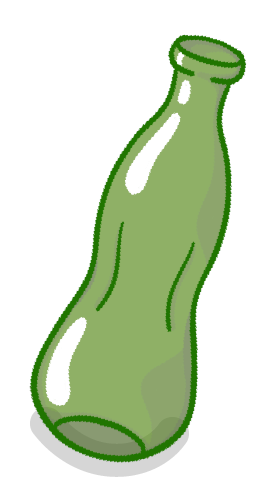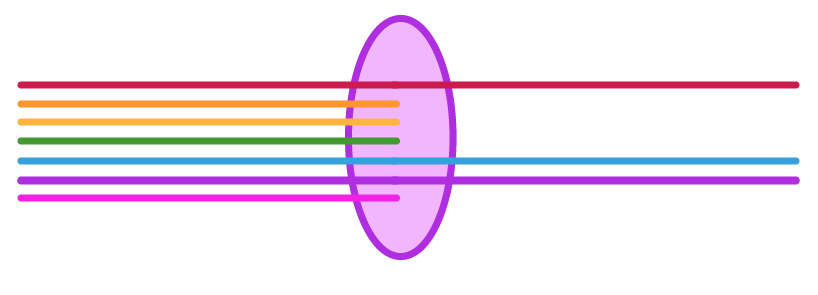Visible Light & Colour
This lesson covers:
- How to remember all the visible wavelengths of light, in order of decreasing wavelength
- Why objects appear a particular colour
- The difference between transparent, translucent, and opaque objects
- How light filters work
black / white
light is a combination of all colours.
is the absence of light.
|
The acronym ROYGBIV can be used to remember all the wavelengths of visible light, ordered from from longest to shortest wavelength.
Use the acronym to list all the wavelengths of visible light, in order of decreasing wavelength.
|
An opaque object does not:
Reflect light
Transmit light
Absorb light
|
An object's colour depends on the:
(Select all that apply)
Wavelengths of light reflecting off of the object
Amplitude of wavelengths hitting the object
Wavelengths of light hitting the object
Wavelengths of light absorbed by the object
Angle of light waves hitting the object
|

A green glass bottle appears green because:
The bottle reflects and/or transmits green light and absorbs other colours of light.
The bottle absorbs greens light
|
The three primary colours of light are:
Red, blue, and green
Blue, green, and yellow
Red, blue, and yellow
Red, yellow, and green
|

The above diagram shows light passing through an indigo filter.
State the colours of the light transmitted AND the colours of the light absorbed.
|